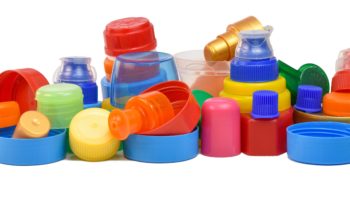Angel Avery-Wright
Ever wonder what else there is to do with play dough?
Standard play dough tools include cutting tools, rollers and cookie cutters. Children often play with play dough on plastic trays. Children create sculptures or simply roll the dough into 3-D shapes.
Have you seen play dough mats?
Pinterest, a crafty website for people to share their ideas with other people, has a section listing play dough mats on a variety of themes.
As you can see from the photos, one such theme is weather. Children are asked to make an umbrella for a boy under an umbrella. The second photograph shows how a child made an umbrella and some more rain drops on the mat.
Mats are easy to print out and laminate and use over and over again.
The benefits of play-dough are many. Squishing, rolling, flattening, scoring and cutting play dough enhances fine motor skills by developing and strengthening hand muscles. These activities improve the pincer grip, enhancing pre-writing skills and developing eye-hand coordination.
Creativity and imagination have unlimited possibilities for molding the dough into flowers, animals, people, food…anything the children can think off.
Science comes into play when children mix two colors of play dough to see what new color they can make. Discussing size and length of play dough pieces can add math to the array of possibilities. Making letters or using letter stamps with the dough adds a literacy component. Letting children create works of art from play dough and then letting them dry out is another idea.
For some children pounding, flattening and squeezing play dough can be a stress reliever. Play dough can be a great way for children to express their emotions.
There are many recipes online for a variety of homemade play dough. Why not do an online search today?


